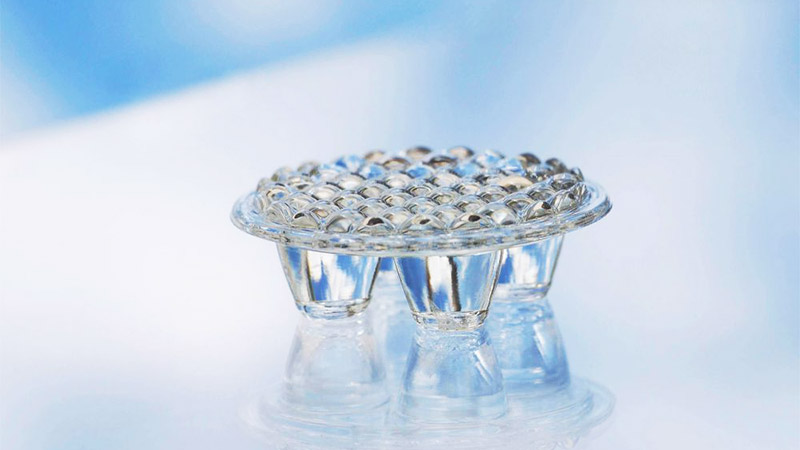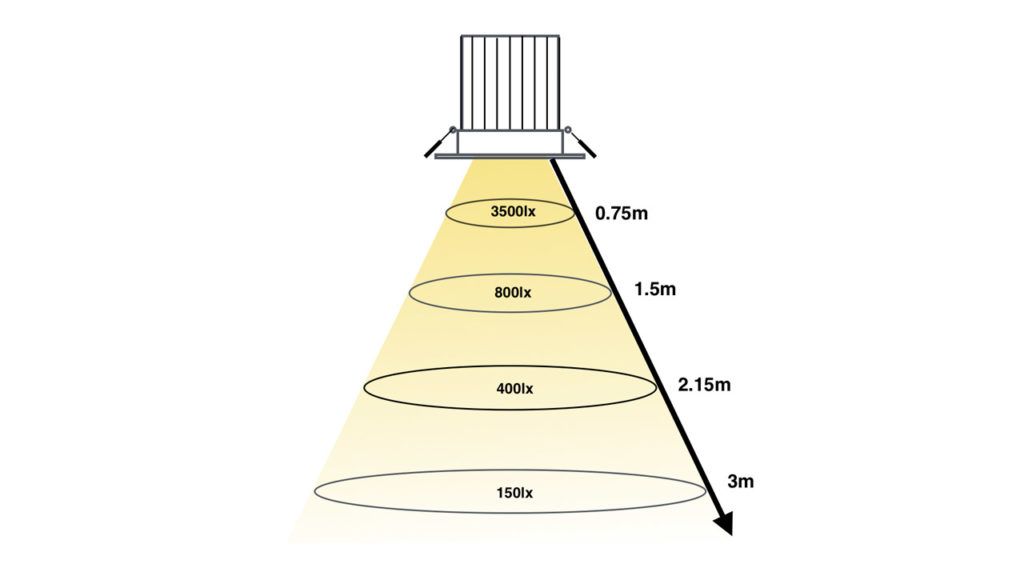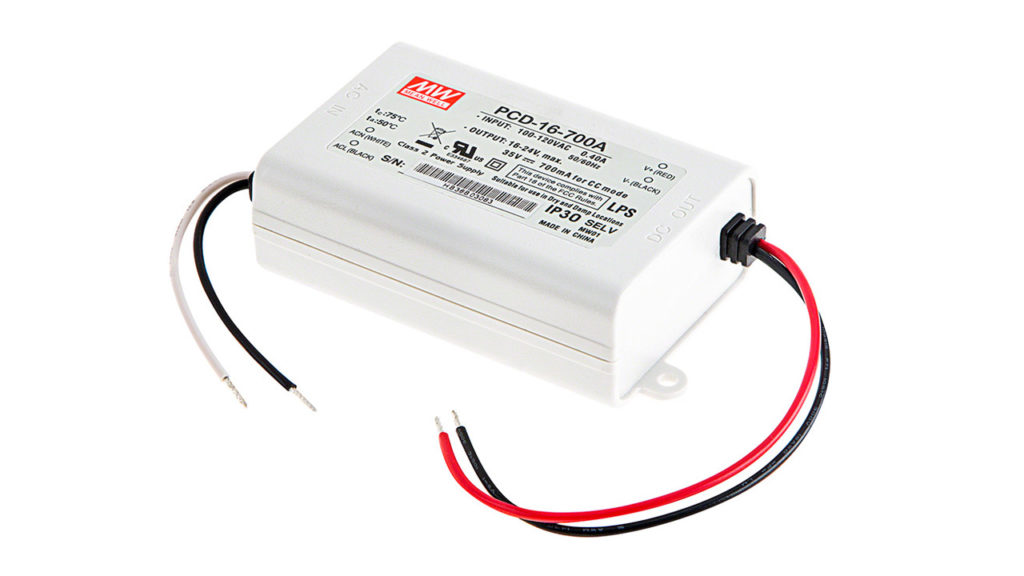What Is PMMA?
Polymethyl methacrylate (PMMA) is a transparent and rigid thermoplastic material. PMMA is also known as acrylic, acrylic glass and plexiglass. It is widely used in the production of lenses, diffusers and light guides in the lighting industry, as it provides high light transmittance.

Polymethyl methacrylate (PMMA) is a transparent and rigid thermoplastic material. PMMA is also known as acrylic, acrylic glass and plexiglass. It is widely used in the production of lenses, diffusers and light guides in the lighting industry, as it provides high light transmittance.
PMMA has many advantages over other transparent polymers. PMMA is a strong, durable and lightweight material. PMMA has high resistance to UV light, weather conditions and other environmental factors. It offers unlimited coloring options and provides excellent light transmission. PMMA allows 92 percent of the light to pass through it. Its density is 1.18 g/cm³ and its melting temperature is 160 °C. PMMA ignites and burns at 460 °C. PMMA is the thermoplastic with the highest surface hardness. It has high resistance to chemicals and scratching.
The glass transition temperature of PMMA is 105 °C. Therefore, PMMA is an organic glass at room temperature. It exhibits glass-like qualities (clarity, gloss, transparency, translucency). Above this temperature, it begins to lose its glassy properties. Since it is planned to use at higher temperatures in lighting applications, various modifications are made on the material to increase the glass transition temperature.
PMMA can be found in many forms such as sheets, blocks, beads and resins. PMMA can be processed by various methods such as injection molding, compression and extrusion. PMMA can also be used as a 3D printing material. PMMA filaments can be found in a wide variety of colors.
Since pure PMMA sometimes does not exhibit property standards to meet the demand from certain applications, additives or fillers are used to further improve PMMA properties such as impact resistance, chemical resistance, flame retardancy. For example; Plasticizer is added to change the glass transition and impact strength. Dye is added during polymerization for UV light protection and coloring.
PMMA is 100 percent recyclable using a special thermal treatment. It is a non-biodegradable material. This makes PMMA highly sustainable.
The most well-known use of PMMA is roof panels that can withstand weather conditions such as sun, rain and snow. It is used in interior and exterior lighting, indicators, spoiler and similar parts in the automotive industry. Apart from this, PMMA is used in the screens of devices such as TVs, computers and mobile phones.






